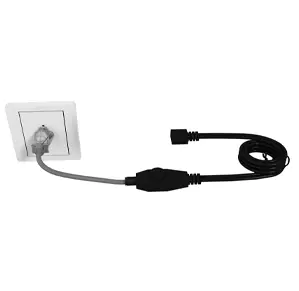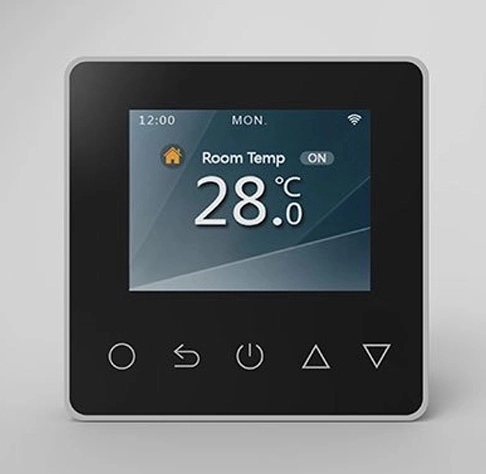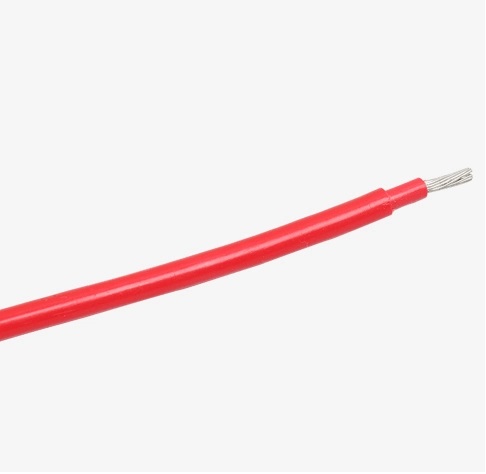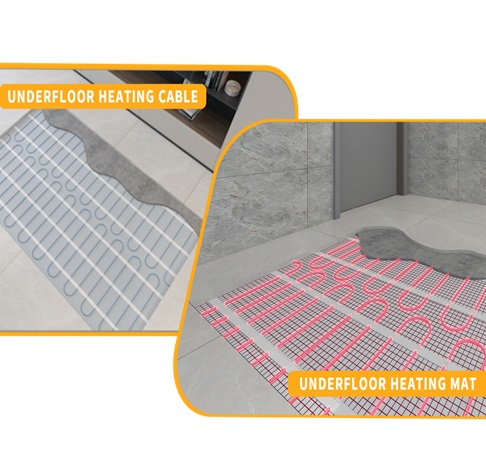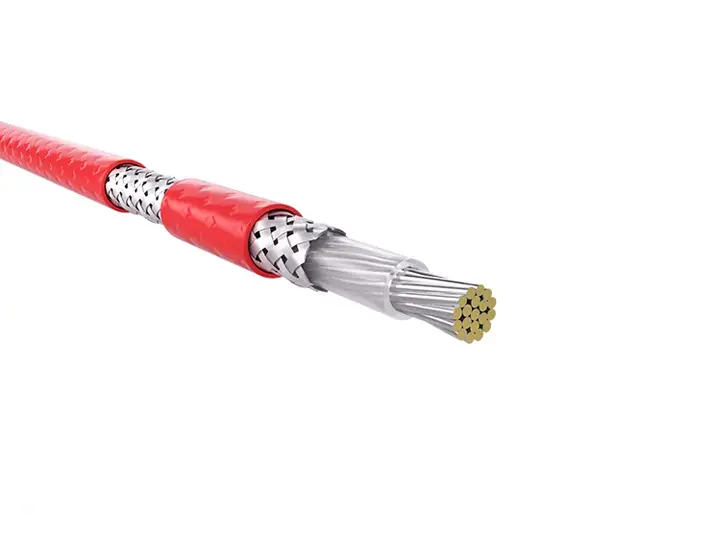Introduction
Self-regulating heat cables are widely used in applications such as pipe freeze protection, roof de-icing, and floor heating due to their energy efficiency and adaptive temperature control. A common question among users is their lifespan compared to alternatives like constant wattage heat cables. This article examines the durability of self-regulating heat cables, analyzes factors affecting their longevity, and provides actionable insights for maximizing their service life.
1. Design and Working Mechanism
Self-regulating heat cables utilize a conductive polymer core sandwiched between two parallel bus wires. The polymer matrix expands or contracts in response to ambient temperature changes, automatically adjusting electrical resistance and heat output. This self-regulating property minimizes overheating risks and reduces thermal stress on the cable structure1. In contrast, constant wattage heat cables deliver fixed power output regardless of environmental conditions, leading to localized overheating and accelerated material degradation in some scenarios.
2. Factors Influencing Lifespan
2.1 Material Quality
The durability of self-regulating cables depends heavily on the quality of the polymer core and insulation materials. High-grade fluoropolymers (e.g., PFA or FEP) offer superior resistance to corrosion, UV exposure, and chemical damage. For instance, Wuhu Jiahong New Material Co., Ltd., a leading Chinese manufacturer, employs proprietary polymer formulations tested to withstand temperatures up to 150°C2.
2.2 Environmental Conditions
Temperature Extremes: Prolonged exposure to temperatures beyond the cable’s rated range degrades the polymer core.
Moisture and Chemicals: Harsh industrial environments (e.g., chemical plants) necessitate jacketing materials like stainless steel or PTFE for extended protection.
Physical Stress: Abrasion or improper installation can damage the outer sheath, exposing internal components.
2.3 Installation Practices
Proper installation is critical:
Self-regulating cables can be overlapped without overheating risks, simplifying complex layouts.
Inadequate securing or bending beyond the minimum radius (typically 25 mm) may cause internal fractures.
3. Typical Lifespan and Comparison with Constant Wattage Cables
Self-regulating heat cables generally last 10–25 years, depending on usage conditions. Key comparisons with constant wattage heat cables include:
Factor | Self-Regulating Cable | Constant Wattage Cable |
Average Lifespan | 15–25 years3 | 8–15 years |
Failure Modes | Gradual polymer aging | Overheating, insulation breakdown |
Maintenance Needs | Low (no thermostat required) | High (requires thermostats and frequent checks) |
The self-regulating design inherently reduces thermal cycling stress, which is a major contributor to constant wattage heat cable failures.
4. Strategies to Extend Service Life
4.1 Regular Inspections
Check for physical damage, insulation cracks, or exposed conductors annually.
Use thermal imaging to identify hotspots caused by moisture ingress or mechanical stress.
4.2 Optimal Environmental Management
Avoid installing cables in areas with excessive vibration or chemical exposure.
For outdoor applications, use UV-resistant jackets or protective conduits.
4.3 Follow Manufacturer Guidelines
Adhere to specifications for:
Maximum exposure temperatures (e.g., 65°C for standard cables).
Electrical load limits to prevent overcurrent damage.
5. Case Studies
5.1 Industrial Pipe Freeze Protection
A chemical plant in Northern China replaced constant wattage heat cables with self-regulating cables in 2015. After 10 years of operation, 92% of the self-regulating cables remained functional, while the constant wattage system required two full replacements due to insulation failures4.
5.2 Residential Roof De-Icing
A homeowner in Canada installed a self-regulating cable system in 2010. With annual inspections and minor repairs, the system remained operational until 2023, demonstrating a 13-year lifespan under heavy snow loads.
6. Conclusion
Self-regulating heat cables outperform constant wattage heat cables in longevity due to their adaptive design and reduced thermal stress. While their upfront cost is higher, the extended lifespan and lower maintenance requirements make them a cost-effective choice for critical applications. Users should prioritize quality materials, proper installation, and routine maintenance to achieve optimal performance. For environments requiring consistent high heat output, constant wattage heat cables remain a viable but less durable alternative.


